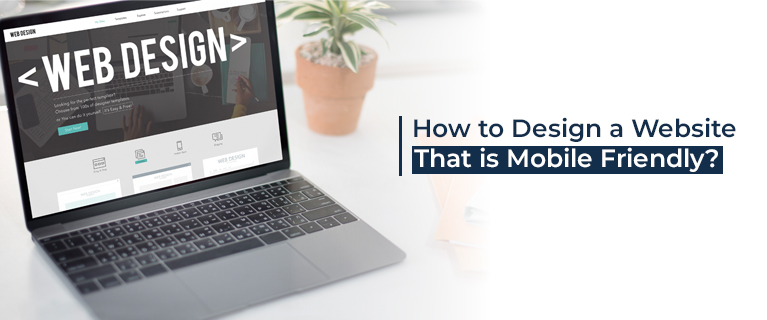Essential Insights About Website Designing
In the ever-evolving landscape of the digital world, a well-crafted website is a cornerstone for establishing an online presence. Website designing goes beyond creating visually appealing pages; it's about creating an immersive and user-friendly experience. In this blog, we'll delve into essential insights about website designing that can make a significant difference in the success of your online presence.
1. User-Centric Design:
The core of effective website design lies in understanding your target audience. Designing with the end user in mind ensures a seamless and intuitive experience. Conducting user research, creating user personas, and considering user journeys are pivotal steps in achieving user-centric design.
2. Mobile Responsiveness:
In an era dominated by smartphones, ensuring your website is mobile-friendly is not an option but a necessity. Responsive web design adapts your site's layout to different screen sizes, providing an optimal viewing experience across devices. Google's emphasis on mobile-first indexing further underscores the importance of mobile responsiveness.
Read also this -: How to learn Web Designing at Home3. Simplicity and Clarity:
Simplicity is a timeless principle in design. A clutter-free interface with clear navigation enhances user engagement. A clean layout, concise content, and easily understandable navigation contribute to a positive user experience, reducing bounce rates and increasing the time users spend on your site.
4. Speed Optimization:
In the digital realm, speed matters. Websites that load slowly might irritate users and raise their bounce rate. Optimizing images, leveraging browser caching, and minimizing HTTP requests are essential techniques to enhance website speed. Google's PageSpeed Insights tool can be a valuable resource for assessing and improving your site's loading time.
5. Consistent Branding:
Your website is an extension of your brand. Consistent branding across your site establishes credibility and fosters recognition. From colour schemes and typography to logos and messaging, maintaining a cohesive brand identity helps build trust and loyalty among your audience.
6. SEO Integration:
An aesthetically pleasing website design is futile if it doesn't rank well on search engines. An essential component of website design is search engine optimization, or SEO. Implementing on-page SEO practices, such as optimizing meta tags, creating a sitemap, and ensuring clean URL structures, is vital for better visibility in search engine results.
7. Intuitive Navigation:
Navigating through your website should be effortless for visitors. Intuitive navigation improves user experience and keeps visitors engaged. Well-organized menus, clear call-to-action buttons, and a logical page hierarchy contribute to an efficient navigation system.
8. Accessibility Considerations:
Website Designing for accessibility ensures that your website is usable by people with diverse abilities. This includes considerations for users with visual or hearing impairments. Implementing alt text for images, providing captions for videos, and ensuring keyboard navigation are crucial steps towards creating an inclusive digital environment.
9. Content Strategy:
Compelling content is the backbone of any successful website design. A well-defined content strategy involves creating relevant, valuable, and consistent content that aligns with your brand and resonates with your audience. Regularly updating your content keeps your site dynamic and encourages repeat visits.
Read also this -: How to Design a Website That is Mobile Friendly10. Analytics and Iteration:
Launching your website is just the beginning. Regularly monitoring website analytics provides insights into user behaviour, popular content, and areas that may need improvement. Use tools like Google Analytics to track performance and iteratively enhance your site based on data-driven decisions.
In conclusion, effective website designing goes beyond aesthetics; it's about creating an immersive and user-friendly digital space. By embracing user-centric design, optimizing for speed and SEO, and ensuring accessibility, your website can become a powerful tool for establishing and expanding your online presence. Keep these essential insights in mind as you embark on the journey of designing a website that not only looks good but also delivers a remarkable user experience.



Comments
Post a Comment